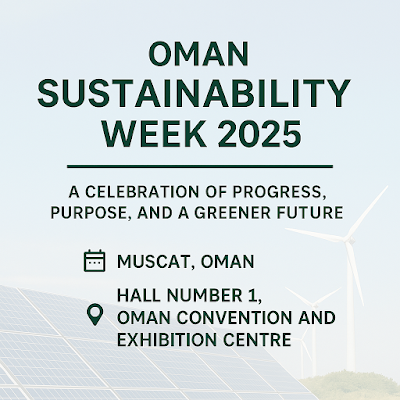How Green Cement Can Cut Rising Data Centre Emissions
Let’s talk about something you probably don’t hear much about i.e. on how the materials behind your cloud storage could be heating up the planet.
In early 2024, Microsoft took a bold step—not by launching a new product, but by quietly rethinking the way it builds data centres. You see, as the demand for cloud computing and AI grows, companies like Microsoft are expanding their digital infrastructure at an unprecedented pace. But behind every high-tech server farm is a mountain of concrete and steel—and that comes with a hefty carbon footprint.
Most people assume that data centre emissions come mainly from electricity use—cooling systems, servers, backup power. And while that’s a big part of the problem, it’s not the full picture. What many don’t realize is that up to 60% of a data centre’s lifetime carbon emissions can come from the construction phase—especially from the cement used to build the facility.
This is where the story gets interesting.
Microsoft teamed up with a Boston-based climate-tech startup called Sublime Systems. They weren’t just trying to tweak concrete recipes—they were trying to reinvent cement altogether. Sublime created a breakthrough process to make low-carbon cement using electrochemistry—no limestone, no fossil-fueled kilns, and close to zero CO₂ emissions during production.
In one of their pilot projects, Microsoft used green cement to construct parts of a new Azure data centre. The results were promising they significantly reduced embodied carbon—that’s the total emissions locked into the building materials—without sacrificing strength, performance, or durability.
But here’s the part that really caught my attention: this wasn’t a one-time experiment. Microsoft has committed to scaling up the use of green cement in its upcoming data centre projects, aligning with its pledge to be carbon negative by 2030.
And the takeaway here is powerful. If we’re serious about decarbonizing digital infrastructure, we can’t just focus on how efficiently a server runs—we have to look at what it’s built on. Green cement may not be as flashy as AI or cloud software, but it could play a huge role in reducing emissions from one of the fastest-growing sectors on Earth.
For those interested in practical applications of sustainable materials, products like the Oatey Green Transition Cement for ABS/PVC 16 oz offer eco-friendly solutions for various construction needs. 👉 Check details and price on Amazon.
(Disclosure: This post contains affiliate links. If you click through and make a purchase, I may earn a small commission at no extra cost to you. Thank you for supporting this blog)
So, why should this matter to you?
Because this story isn’t just about Microsoft. It’s a glimpse into a future where sustainable construction isn’t the exception—it’s the norm. As more companies adopt climate-smart materials, like green cement, we move one step closer to solving the massive emissions challenge posed by our digital lives.
As the digital world grows more complex and data-hungry, it’s easy to overlook the concrete reality beneath it all—literally. Behind every video you stream or file you upload sits a network of massive data centres, each demanding vast amounts of resources to build and maintain. While energy efficiency often gets the spotlight, one major contributor to data centre emissions is often ignored: the construction process itself. That’s where green cement comes in—a sustainable building material designed to drastically lower the carbon footprint of digital infrastructure from the ground up.
To understand why this matters, it helps to look at where those emissions come from. Yes, powering servers and cooling systems generates operational emissions. But equally important are embodied emissions—the carbon released during the production and transport of building materials. Traditional cement, a key ingredient in concrete, is responsible for nearly 8% of global CO₂ emissions due to its energy-intensive manufacturing process. Green cement, however, replaces carbon-heavy components like clinker with industrial by-products such as fly ash, slag, and calcined clay. This innovation not only reduces emissions but also makes use of materials that would otherwise go to waste—making it a win for both the planet and the construction industry.
Another biggest tech player, Meta collaborated with researchers to develop an AI-optimized concrete mix that cut emissions by 40% at one of its Illinois sites. These real-world examples prove that sustainable construction isn’t a future ideal—it’s happening now. Still, challenges remain high upfront costs, limited performance data, and lack of standardized practices can slow adoption. But with increased policy support, pilot projects, and continued R&D, green cement could become a foundational element of every modern, climate-conscious data centre.
For a deeper understanding of how companies are successfully integrating sustainable materials into their operations, explore our case study on Interface Inc.'s green transformation.
Want to learn more about low-carbon construction and green cement solutions? Join the conversation below. Your input matters in building a sustainable future.





Comments
Post a Comment